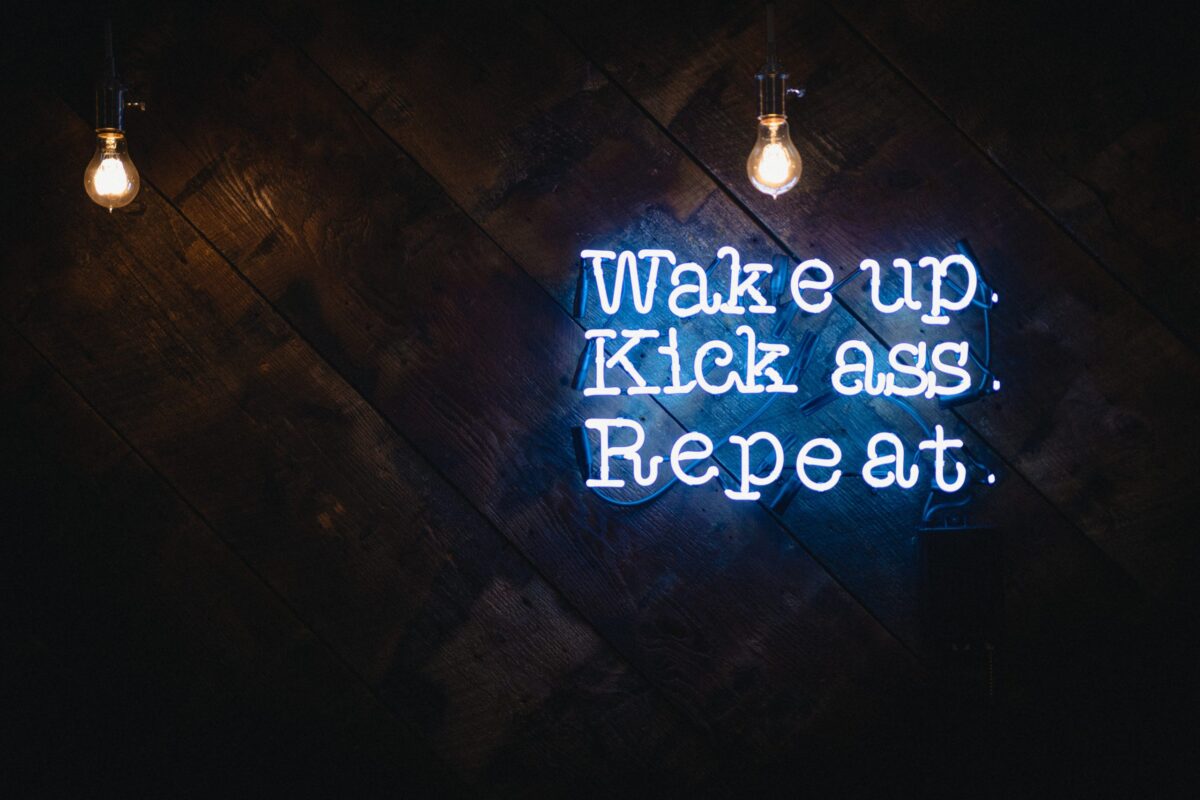
A myth is a false belief used to explain natural phenomenon. We tend to hold onto our myths for years and we often continue to use language which is consistent with the myth even after veracity of the myth has been put to bed. For example, for hundreds of years people believed the earth was the center of the universe. Thanks to Copernicus and Galileo we know this myth is false, but we still use language consistent with the myth e.g. “The sun will rise at 7:05 AM EST in CT.” The sun doesn’t rise. The earth rotates.
Myths can be fun and useful. They can also be damaging. Believing lightning never strikes the same place twice is comforting in a thunderstorm, but this too is a myth. Lightning strikes the same place often because the taller the object the greater the probability of a second strike. NASA proved this in 2003. (Rob Gutro, 2003)
Myths about how to communicate feedback to people can be damaging to employee engagement, can increase turnover, reduce productivity, and damage quality. We need to dispel these false beliefs because, as leaders, we can’t afford to lose good people and we can’t afford to have ineffective feedback upset employees who might then upset customers.
Myth #1: Managers Are Omnipotent and The Most Useful and Actionable Feedback is from Managers
Managers are not omnipotent and yet many organizations continue to rely almost exclusively on a manager’s feedback for performance improvement of individuals. The reliability of the typical performance appraisal has been discredited and some organizations have rejected it.
Leaders need to reject the idea that managers are omnipotent first because they’re not and second, this myth leads us to the false belief that more frequent feedback from managers will help performance. Instead, senior leadership must first accept responsibility for the culture of the organization. They must know how to create an environment of trust. Then and only then can frequent feedback make a difference.
Yes, managers can help set up how employees receive feedback, but there is no way we can depend on managers to be a consistent and useful source of feedback for improvement. Thinking that managers are omnipotent is inconsistent with systems thinking. Employees are adults who self-manage at home. Why can’t they self-manage their own feedback at work?
Myth #2: Frequent Feedback Fixes Performance Management Failures
The typical performance appraisal has been largely discredited and rejected as an effective tool for the modern workplace. Many organizations have instead shifted to managers providing more frequent feedback or check-ins. PwC, a major consulting firm, found that up to 60% of employees (especially millennials) want feedback either weekly or daily. Virtually all performance management consulting companies recommend more frequent feedback now (in place of annual reviews) because they claim it improves employee engagement.
But, how do you know the feedback is any good in the first place? If the food in a restaurant was bad, would you decide to eat it in smaller bites more often? This incomplete approach still maintains that managers are omnipotent feedback gurus. It’s still a “manager dependent process of feedback”.
This myth also assumes feedback given by managers is useful, accepted, and implemented. Many Human Resources executives complain about the quality of the feedback from managers.
Frequent feedback is a great idea but is not enough to create optimum value and optimum performance improvement. The feedback needs to be credible and useful for it to be acted upon. Without systems thinking, the feedback quality will fall short.
Myth #3: Majority of the Feedback Must Be About How the Person Must Improve
In my daily Google alerts there are at least 6 items about performance management. Nearly all these articles or blogs focuses on how managers must give more frequent feedback to the employee and how managers need to improve their feedback delivery skills. But, is that the highest priority?
We refuted myth #1 above by asserting the need for managers to create an environment where employees can self-manage. This includes finding ways to access their own feedback. Employees are adults who can self-manage. They don’t need to depend upon the manager.
We have all seen aggressive drivers weaving in and out of traffic to shorten their drive times while ignoring both traffic laws and the safety of other drivers. When I see one of these drivers, I often provide immediate feedback using my horn. This is especially true when they nearly cut me off. Leaning on my horn is my way of providing feedback to the person. When necessary it can be effective to at least create awareness if not change behavior. But, 99% of drivers are NOT aggressive drivers. How do they receive feedback? Does it make sense to use my horn with them too? There is no reason to do that because they are following traffic laws and behaving with integrity and with respect.
Feedback about behaviors is appropriate when those behaviors are observed and inconsistent with a standard. Systems thinking explains how results come from methods and processes not people not just employee behaviors. Poor results are most often about the quality of the methods people use and not about the quality of their character or their behaviors. And, individuals rarely, if ever, have control over all the factors of these methods. Employees are interdependent. They need to rely on the quality of interactions between all the methods. One employee’s ineffective method can prevent another employee from implementing their methods. In other words, one employee can impact the performance of another employee.
Therefore, employees need feedback about their methods or processes and the manager doesn’t always have the knowledge to provide credible feedback about those methods. An alternative is receiving feedback from their customers (internal or external) instead. Feedback about methods from customers can be much more useful and credible.
Dr. W. Edwards Deming helps us to appreciate systems thinking and the learning cycle. His Theory of Profound Knowledge is way to avoid these three myths. They myth of “managers are omnipotent and can provide effective frequent feedback” needs to be replaced with systems thinking. Systems thinking helps us to appreciate that feedback about the quality of the interactions between people and departments is what creates performance improvement.
Check out the interview on C-Suite Best Seller TV to learn more about how to stop leadership malpractice and replace the typical performance review: https://www.c-suitetv.com/video/best-seller-tv-wally-hauck-stop-the-leadership-malpractice/
Wally Hauck, PhD has a cure for the “deadly disease” known as the typical performance appraisal. Wally holds a doctorate in organizational leadership from Warren National University, a Master of Business Administration in finance from Iona College, and a bachelor’s degree in philosophy from the University of Pennsylvania. Wally is a Certified Speaking Professional or CSP. Wally has a passion for helping leaders let go of the old and embrace new thinking to improve leadership skills, employee engagement, and performance.



















